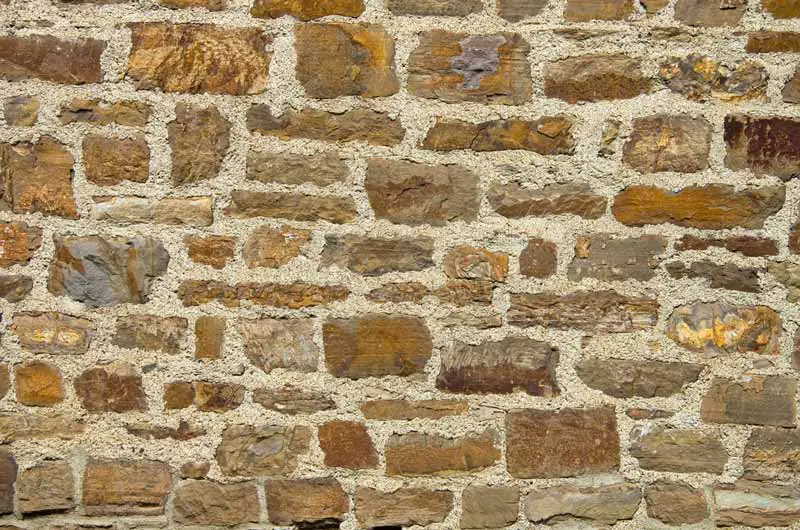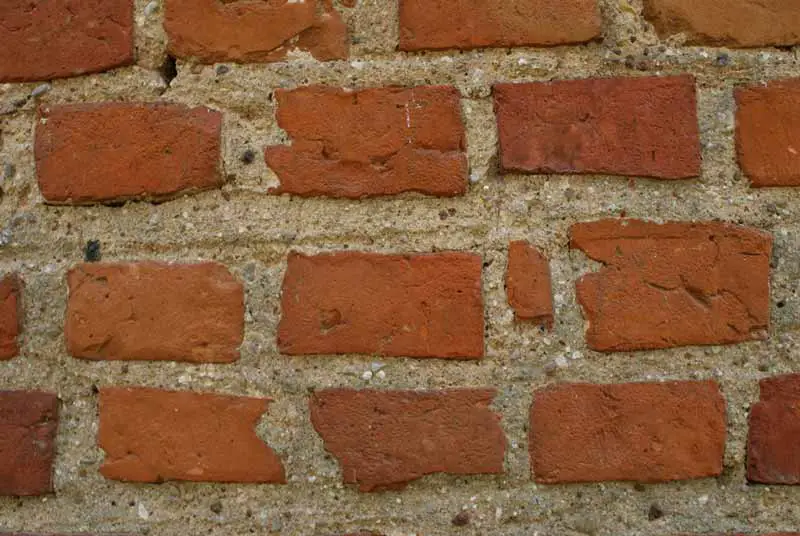
Lime mortar is a traditional building material that has been used for centuries in construction. It’s made by mixing lime, sand, and water, and it is known for its durability, breathability, and flexibility. Despite its many benefits, lime mortar is often more expensive than other types of mortar, like cement mortar. This article will explore the reasons why lime mortar is so expensive and whether it is worth the extra cost.
Lime mortars take longer to set than cement mortars, which means they require more aftercare and thus have increased labour costs. This is usually a hidden cost, as many people don’t realise that the labour cost is far greater than the cost of the mortars themselves. Lime also requires more skill to be correctly applied, and the cost of skilled labour can be high, contributing to the overall cost of lime mortar.
Another reason lime mortar is more expensive than other types of mortar is that it’s not produced on a massive scale. Lime mortars are normally used on renovation projects. As you can imagine, the amount of mortar used for renovation is far less than that of new builds. If more lime mortars were used and produced, the overall cost would decrease.
What is Lime Mortar?
A lime mortar is a building and pointing mortar made from lime, sand, and water. It has been used in construction for thousands of years and is still used today for various reasons. Lime mortar is known for its durability, flexibility, and breathability, making it an ideal choice for historic buildings and other structures that require a certain level of flexibility.
In recent years, people have realised lime mortar, plaster, render, and limewash are compatible with sustainable building projects – like eco-homes. This is because lime itself is a sustainable and natural product. Its flexible, breathable and has incredible longevity making it a perfect companion to other natural construction materials like timber, hemp, straw and mud.

Composition of Lime Mortar
Lime mortar is made from a mixture of lime, sand, and water. The lime used in lime mortar is typically derived from limestone or chalk, which are heated in a kiln to produce quicklime.
Quicklime (calcium oxide) is then mixed with water to produce hydrated lime (calcium hydroxide), the primary binding agent in lime mortar. Sand is added to the mix to provide additional strength and reduce shrinkage. The ratio of lime to sand varies depending on the application, but a typical ratio is 1 part lime to 3 parts sand.
Types of Lime Mortar
There are two main types of lime mortar: hydraulic lime mortar and non-hydraulic lime mortar. Hydraulic lime mortar is made from lime that contains a small amount of clay or other impurities—this type of lime sets through a chemical reaction with water, just like cement.
Non-hydraulic lime mortar, on the other hand, sets through carbonation, which is a process that involves the absorption of carbon dioxide from the air. Non-hydraulic lime mortar is more flexible and breathable than hydraulic lime mortar, making it a better choice for historic buildings and other structures that require a certain level of flexibility.
Related article: How Builders Use Hydrated Lime in Construction
Why is Lime Mortar Expensive?
Lime mortar is a traditional building material that has been used for centuries in construction projects. However, it is more expensive than other types of mortar, such as cement mortar. There are several reasons why lime mortar is expensive, including the production process, raw materials, and labour costs.
Production Process
The production process of lime mortar is more labour-intensive than other types of mortar. Lime mortar is made by mixing lime, sand, and water in specific proportions. The mixture then matures for several months to allow the lime to hydrate fully. This process is time-consuming and requires a lot of attention to detail.
Raw Materials
The raw materials used to make lime mortar are more expensive than those used to make cement mortar. Lime is made from limestone. Extracting and processing limestone is expensive and requires a lot of energy. The sand used in lime mortar must also be of a specific quality, which can be more expensive than regular sand.
Labour Costs
The labour costs associated with using lime mortar are higher than those associated with using cement mortar. Lime mortar requires more skill to apply than cement mortar and is more labour-intensive. This means using lime mortar can be more expensive, requiring more time and expertise.
Benefits of Using Lime Mortar
Lime mortar has been used for centuries in construction and for a good reason. Here are some of the benefits of using lime mortar:
Durability
Lime mortar is highly durable and can last for centuries. It is less brittle than cement-based mortars and can withstand movement caused by thermal expansion and contraction. This makes it an ideal choice for historic buildings and other structures that require a long-lasting, stable foundation.
Breathability
Lime mortar is highly breathable, allowing moisture to escape from the walls of a building. This helps to prevent the buildup of damp and mould, which can be damaging to both the building and the health of its occupants. Additionally, lime mortar is less prone to cracking than cement-based mortars. Cracks can allow water to penetrate the walls.
Sustainability
Lime mortar is an environmentally friendly choice for construction. It is made from natural materials and requires less energy to produce than cement-based mortars. Additionally, lime mortar can be recycled and reused, reducing waste and the need for new materials.
Overall, the benefits of using lime mortar make it a wise choice for any construction project that requires durability, breathability, and sustainability.

Related article: How to Know if You Should Use Lime Mortar (& When to Use it)
Conclusion
In conclusion, lime mortar is more expensive than cement mortar due to several factors. Firstly, the production process of lime mortar is more labour-intensive and time-consuming. The process involves slaking the lime and allowing it to mature for up to 12 months. Followed by the addition of sand and water to create the mortar. This process requires skilled labour and specialised equipment, which adds to the cost of production.
Secondly, the availability of raw materials also affects the cost of lime mortar. Lime is a natural resource that is extracted from quarries, and the extraction process is expensive. Additionally, the availability of lime depends on the location of the quarry, which can also affect the cost of transportation.
Thirdly, lime mortar’s overall quality and longevity make it a more expensive option than cement mortar. Lime mortar has been used for centuries and is known for its ability to withstand harsh weather conditions and natural disasters. It also has a lower carbon footprint compared to cement mortar, making it a more sustainable option.
Finally, the demand for lime mortar is lower than cement mortar, affecting the economies of scale. The lower demand for lime mortar means that the production costs are spread over a smaller number of units, which increases the cost per unit.
Despite its higher cost, lime mortar remains a popular choice for restoration projects and heritage buildings due to its durability, sustainability, and aesthetic qualities. While cement mortar may be a more affordable option, it is important to consider the long-term benefits of using lime mortar for construction projects.

